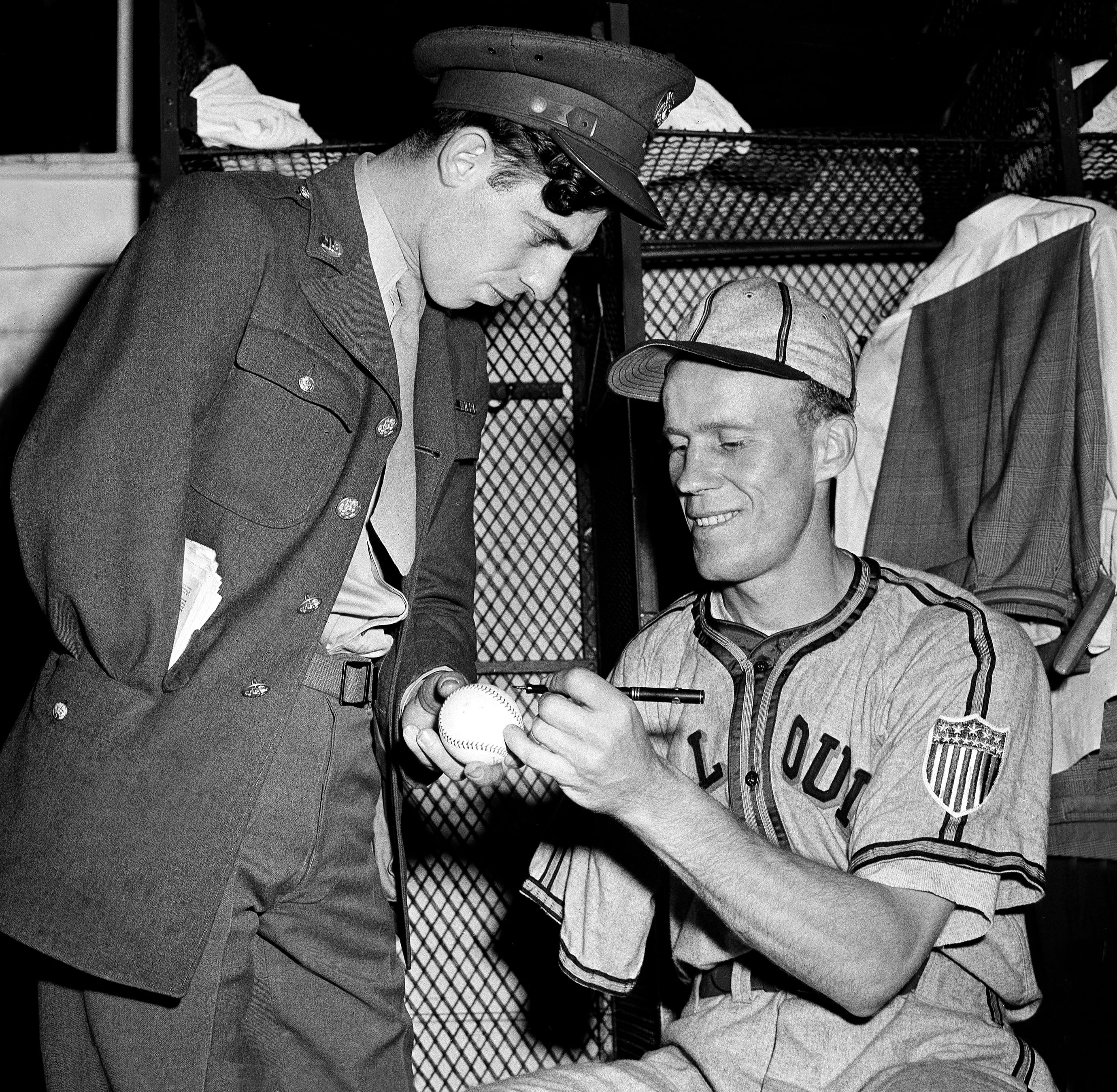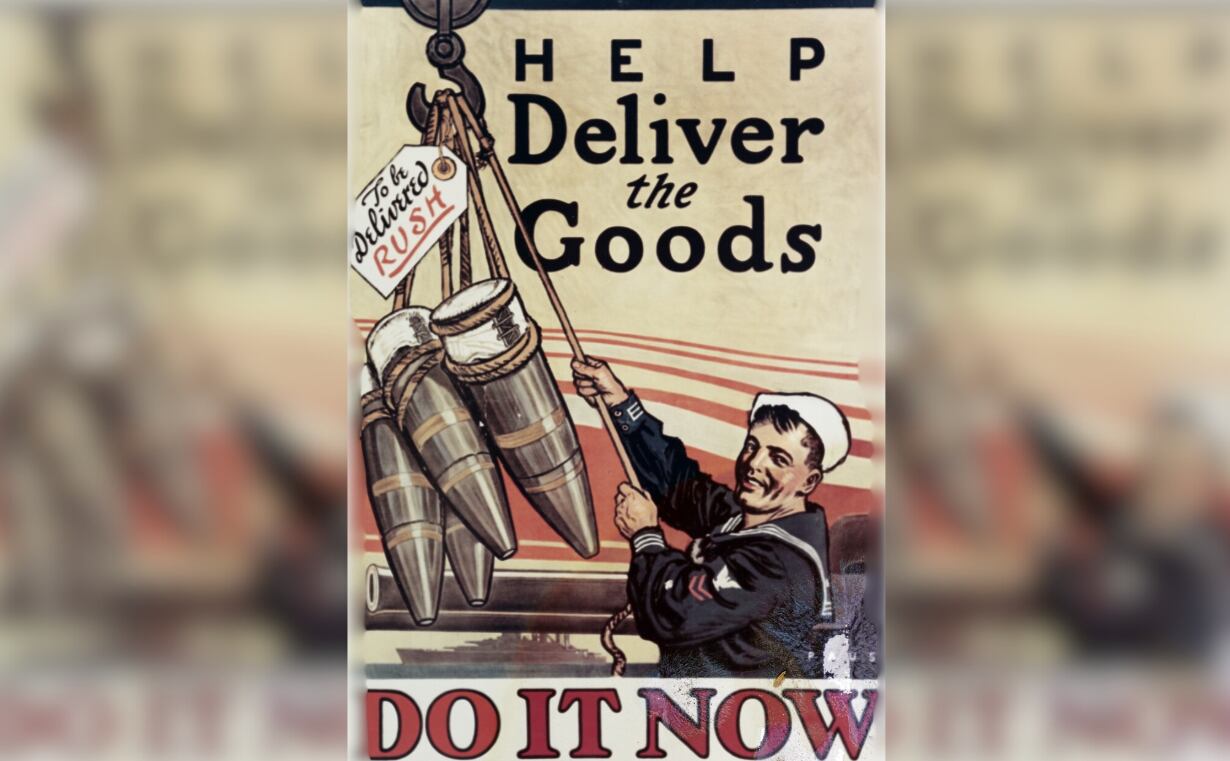“I can’t remember when I haven’t had an ambition to be a ballplayer,” Pete Gray told Yank, The Army Weekly in 1945. “Being a big-leaguer is just something I dreamed of.”
While a common sentiment among many at the time, for Gray, born Peter Wyshner, the path to Major League Baseball proved to be even more difficult.
At age six, while hitching a ride home on a grocer’s delivery truck, Gray slipped off and his right arm was crushed by the truck’s wheel. Gray was rushed to the hospital, where his arm was amputated from the elbow down.
Undeterred, the formerly right-handed Gray was intent on accepting no favors for his disability. So, he became a lefty, removing “almost all the padding from his glove to provide greater feel for catches and to help him draw the ball clear to throw after placing the glove under the stump of his right shoulder,” according to the New York Times.
As a teen Gray began chasing his professional aspirations by starting as the lowly mascot for a semi-pro club in Nanticoke, Pennsylvania. He soon turned that gig into a starting position on the team.
Gray continued to bounce around semi-pro clubs until 1941, when he gave up baseball and attempted to join the Army after the attack on Pearl Harbor.
Denied on the basis of his amputation, Gray was infuriated. Years later he remained bitter at the 4-F classification, stating, “If I could teach myself how to play baseball with one arm, I sure as hell could handle a rifle.”
Making his minor league debut in 1942 with Three Rivers of the Canadian-American League, Gray batted an impressive .381. In his second year in the league, he was named the most valuable player in the Southern Association — batting .333 with 5 home runs, stealing 68 bases, and leading the league’s outfielders in fielding percentage, according to the Times.
In 1943 the Philadelphia Sports Writers Association voted him “The Most Courageous Athlete of 1943.” Gray’s determination deeply resonated with thousands of veterans maimed in the war. That same year the War Department sent a crew to film the one-armed outfielder, with Gray visiting Walter Reed Army Hospital in Washington to meet with other amputees.
“I never heard from anybody who ever saw the picture,” Gray told Yank, The Army Weekly, “but I get a lot of mail from servicemen who have lost an arm or a leg. I don’t know what to tell them, but I try to answer all their letters.”

In 1945 the outfielder got his big break. Acquired by the St. Louis Browns for $20,000, Gray played in 77 games for the team.
“Understand, Gray isn’t getting any special consideration from me,” Luke Sewell, the Browns’ manager told Yank, The Army Weekly. “He has to stand or fall on what he shows. But I will say that he has surprised me with what he has shown already.”
Most of his teammates agreed. “I was sure when I came here this guy wasn’t going to be with us very long,” Browns’ catcher Frank Mancuso, a former paratrooper who was medically discharged, recounted to Yank, The Army Weekly. “Now I’m not so sure. Every day I see him doing things out there that I didn’t think he could do.”
On April 17, 1945, Gray collected his first major league hit, a single, against the Detroit Tigers — which, to anyone who follows baseball in 2021, feels right.
However, as the season progressed it became apparent to pitchers that Gray struggled to hit breaking balls. He finished the season batting just .218 — still better than current Orioles slugger, Chris Davis.
Gray’s last big league appearance came on September 30, 1945. As dozens of former major leaguers were discharged from military service, the outfielder was sent back to the minor leagues, where he would play through the 1949 season before returning to Nanticoke, living a quiet life until his death in 2002.
His achievement, however, remains a testament to his extraordinary tenacity.
Asked by the press how good he might have been had he not lost his arm, Gray responded, “Who knows? Maybe I wouldn’t have done as well. I probably wouldn’t have been as determined.”
Claire Barrett is the Strategic Operations Editor for Sightline Media and a World War II researcher with an unparalleled affinity for Sir Winston Churchill and Michigan football.
Tags:
one arm baseball playerpete gray baseballpete graypete gray armwwii veterans in baseballathletes militaryIn Other News














